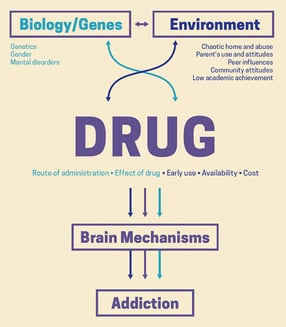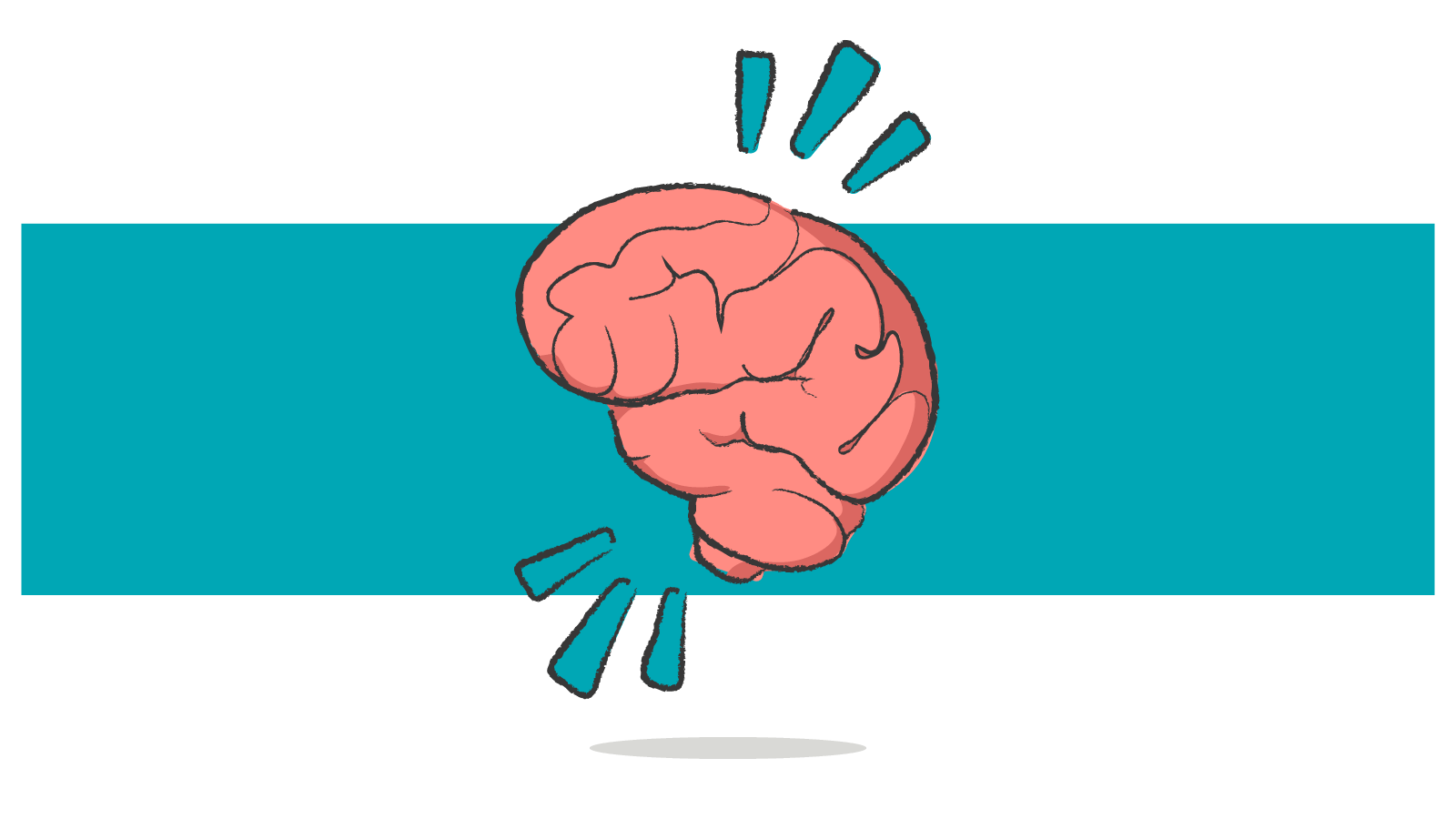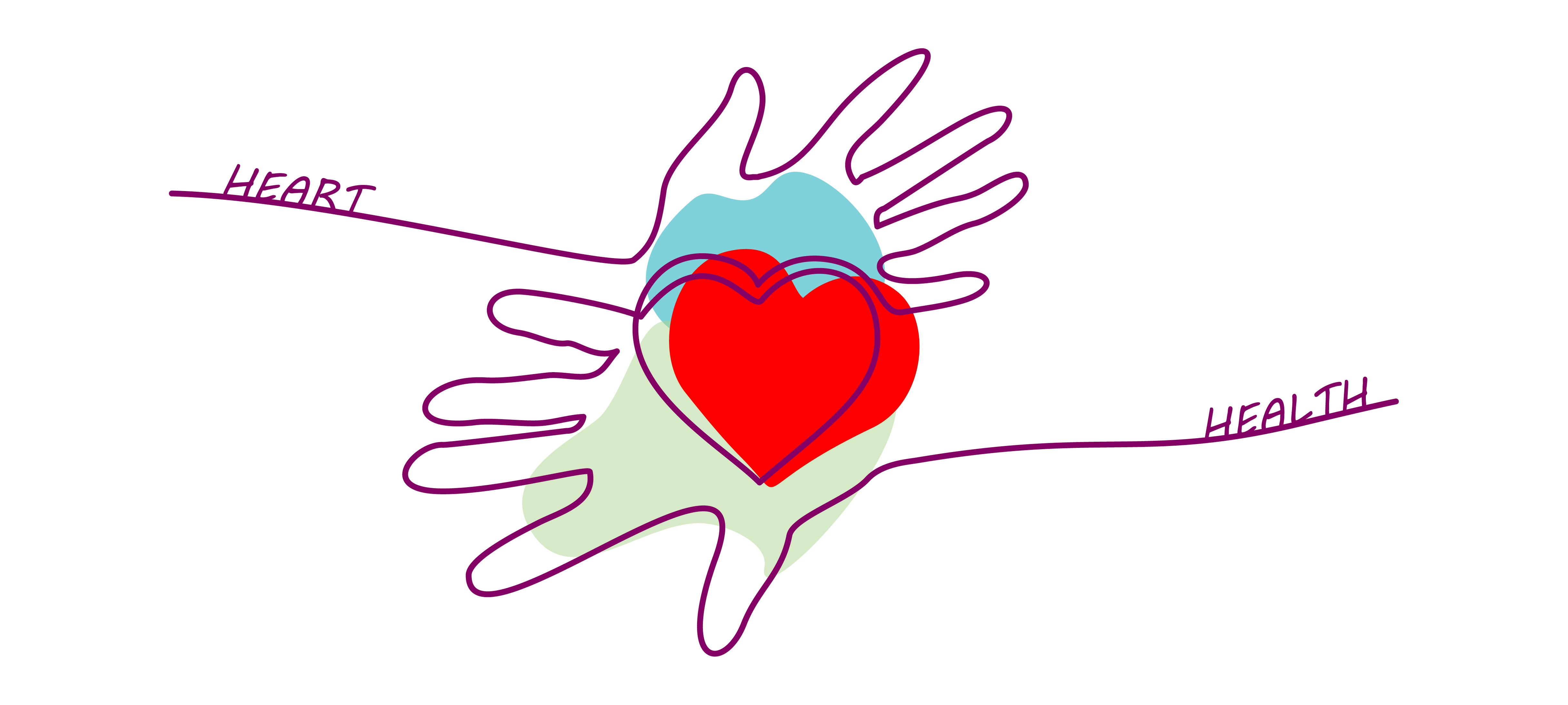April is Autism Acceptance Month: Let’s Be Clear(er)!
What’s the difference between ‘autism awareness’ and ‘autism acceptance’?
3 min read
Healthcare Highways : Apr 15, 2022

First things first:
Addiction is not a moral failing, a choice, or a character defect.
Addiction, also referred to as substance use disorder, is an illness. This widely accepted by all the major health experts: the American Medical Association, the National Institutes of Health, and the World Health Organization, to name a few.
Alcohol addiction, or alcohol use disorder (AUD), is the most common substance abuse disorder in the U.S. More than 10% of U.S. children ages 17 and younger live with a parent with AUD.
Nearly every organ system of our body is affected by alcohol. For individuals ages 18 and older, even a serving or two of alcohol per day can increase the risk of certain cancers, and drinking heavily over the years can cause irreversible damage to virtually every organ.
Alcohol use disorder, also known as alcohol abuse/misuse, alcohol dependence, alcohol addiction, and the colloquial term, alcoholism, is a medical condition characterized by an impaired ability to stop or control alcohol use despite adverse social, occupational, or health consequences. Just like heart disease impacts the heart, addiction results in physiological changes in the brain.
Dr. Nora Volkow, Director of the NIH’s National Institute on Drug Abuse (NIDA) – the world’s largest funder of research on the health aspects of drug use and addiction, offered some perspective on this common misconception:
When science began to study addictive behavior in the 1930s, people addicted to drugs were thought to be morally flawed and lacking in willpower. Those views shaped society’s responses to drug abuse, treating it as a moral failing rather than a health problem.
Dr. Volkow goes on to say that "the person who is addicted does not choose to be addicted; it’s no longer a choice to take the drug."

It has a lot to do with brain chemistry.
According to Dr. John F. Kelly, a global leader in addiction and recovery research and professor of psychiatry at Harvard Medical School, the “nature of [AUD] means there is a medical, biological impact, which affects one’s ability to regulate the impulses to use drugs despite their consequences.” In other words, addiction.
Dr. Nora Volkow, the Director of the NIDA we heard from earlier, offers similar insight:
“Drug addiction is a chronic but treatable disorder with well-understood genetic and social contributors. It is not a sign of a person’s weakness or bad character. Continued or intermittent use of drugs, even by people who know they have a disorder and are trying hard to recover from it, must be acknowledged as part of the reality of the disorder for many who struggle with it.”
The signs of an alcohol use disorder as set forth by the Diagnostic and Statistic Manual of Mental Health Disorders, 5th Edition (DSM-5), the principal authority for psychiatric diagnoses, include:
Failed attempts to cut back or stop drinking.
Using alcohol despite knowing it makes an emotional or physical problem worse.
Using alcohol even under risky circumstances, such as driving or swimming.
Increased family conflict due to a person’s use of alcohol.
Using alcohol even when it prevents a person from fulfilling their responsibilities at home or work.
Using more alcohol than was originally intended.
Craving to use alcohol.
Spending a lot of time looking for alcohol, using alcohol, and recovering from using it.
Tolerance, which means that a person must keep taking more and more alcohol to get the same effects it used to give them.
Withdrawal, which means that the person will experience physical symptoms of alcohol withdrawal when the person stops using alcohol.
Any of these symptoms may be cause for concern. The more symptoms, the more urgent the need for change.
The situations can be wide-ranging, but the bottom line is this: Once alcohol is interfering with someone’s daily life, it’s time to seek treatment.
Don’t wait for a crisis or to “hit bottom.” When someone is drinking too much, making a change earlier is likely to be more successful and less destructive to individuals and their families.
If you need help navigating the integration of behavioral health with physical health services or have additional questions regarding you or a loved one, we can help. Contact our Customer Experience Advocates team and they will help you through the process.

What’s the difference between ‘autism awareness’ and ‘autism acceptance’?

According to the VA’s National Center for Post-traumatic Stress Disorder (PTSD), 12 million adults in the United States will be diagnosed with PTSD...

Overview of Cardiovascular Disease Cardiovascular disease (CVD)—a broad, umbrella term that includes heart disease and stroke—is the number one cause...